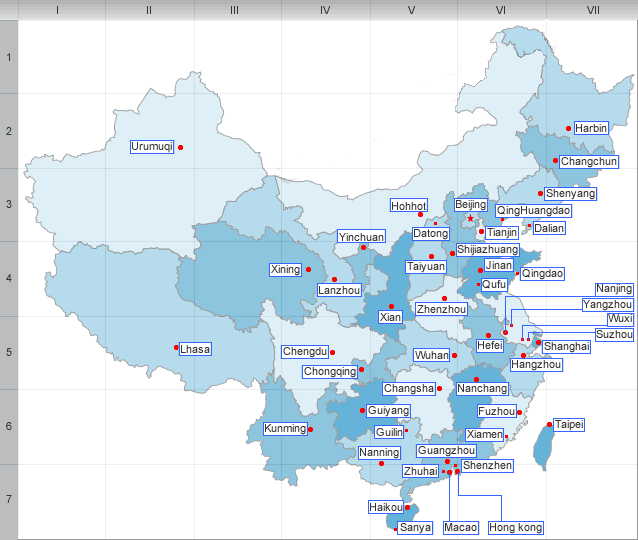Liaocheng Overview
Overview
Liaocheng is a well known cultural city with a long history. It has the name because it locates on the west riverside of the old Liaohe River. And it is also known as “Water City”. The city of Liaocheng is situated in the west of Shandong Province, and on the bank of Beijing- Hangzhou Grand
Canal. It is close to Henan Province and Hebei Province. Being a common boundary of three administrative regions, namely, East China, North China and Middle China, Liaocheng is a political, economic, cultural and transportation center. The total area under Liaocheng’s jurisdiction is 8,715 square kilometers. And it has a population of more than 5 million. The city administers Dongchangfu District, Linqing City, six counties, including Guan Xian County
Xinxian County, Yanggu County, Dong’e County, Shiping County, and Gaotang County, and one economic and technological development zone.
Liaocheng is a place of happiness which gives birth to many outstanding people, for example Fu Sinina, Ji Xianlin, a great master of traditional Chinese painting Li Kuchan, national hero Zhang Zizhong, and good cadre of China Communist Party Kong Fansen.
Liaocheng was called Dongchang very long ago. Having a long history, the city is rich in both cultural and natural scenic spots. Among the 446 places of historic interest and scenic beauty, there are 3 national key cultural relics protection sites, and 15 provincial key cultural relics protection sites. Covering an area of 4.2 square kilometers, the Dongchang Lake has picture-like scenery. The old city area of Liaocheng locates in the center of the lake, which forms a particular layout and landscape of the city, which is “Lake is in the City and City is in the Lake. Lake and City merge into a whole. ” Liaocheng is a famous water city in north China, which is known as “Venice in the East”. The main tourism resource in this city include Liaocheng Shanxi and Shaanxi guild hall, Linqing Dagoba, Mosque, Tomb of Cao Zhi in Dong’e, Yanggu Jingyang Ridge, and so on.
| PREV:Linyi Overview | Next:Laiwu Overview |



